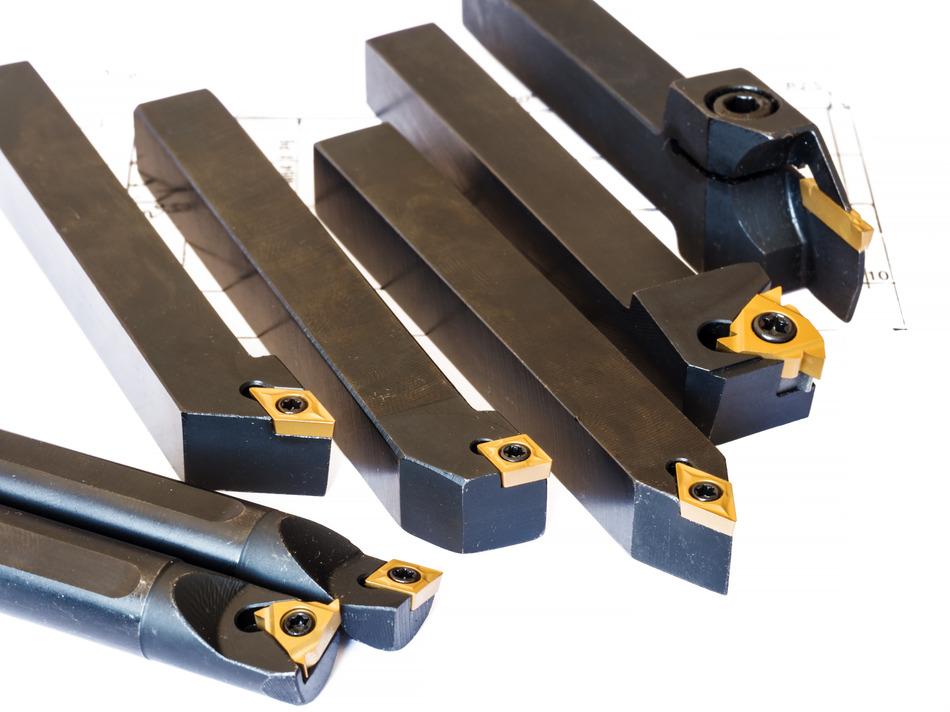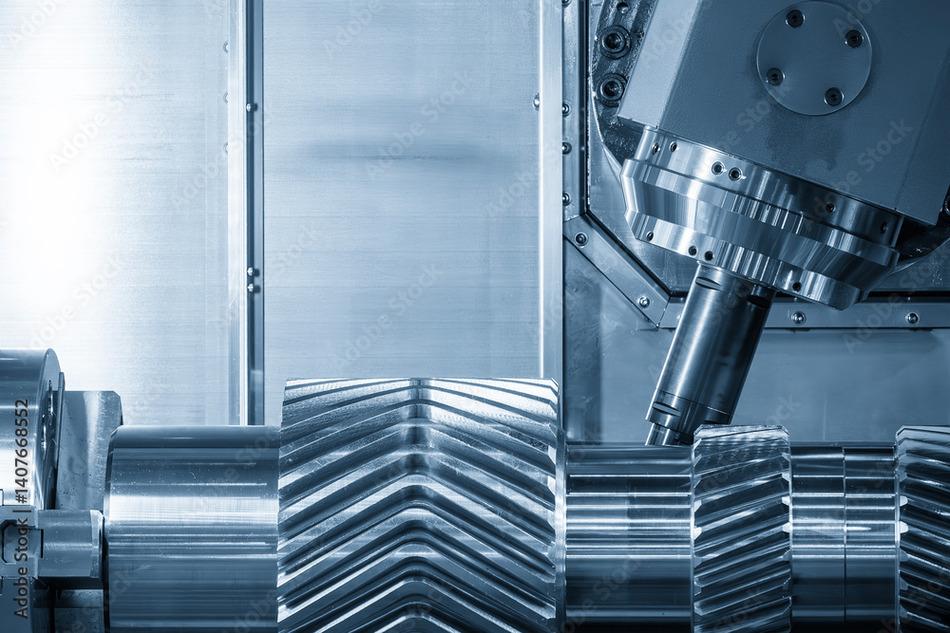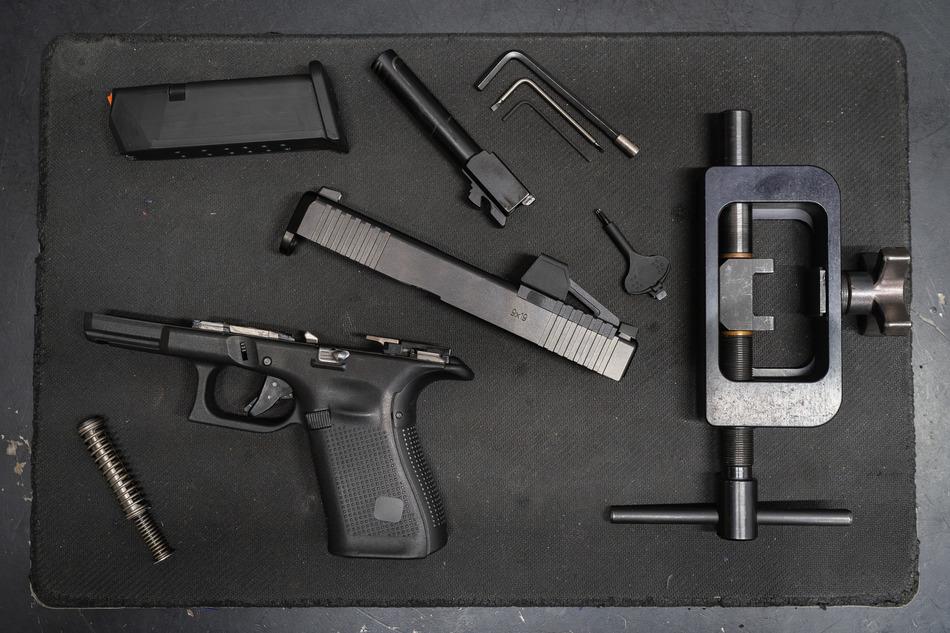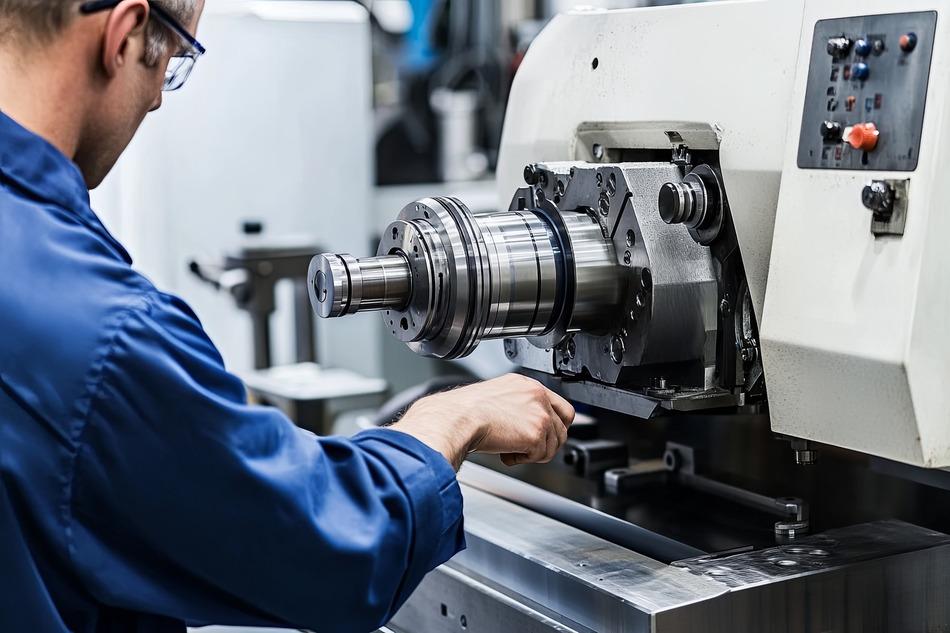Lathe Carbide Cutting Tools: Maintenance & Selection
Carbide cutting tools are a staple in modern machining. Their hardness, heat resistance, and durability make them ideal for high-speed and precision operations. But even the toughest tools wear out over time. Knowing how to care for carbide lathe tools and how to choose the right ones for your applications can save money, reduce tool failure, and keep production consistent.
What Makes Carbide Cutting Tools Unique?
Carbide tools are made primarily from tungsten carbide, a material harder than most tool steels. These tools hold an edge longer, perform better under heat, and allow for faster cutting speeds. They’re often preferred in production settings where part quality and speed are priorities. Carbide inserts are available in a wide range of geometries and coatings. Each type is tailored to specific materials and cutting tasks. Some are designed for roughing, others for finishing. Some inserts feature chip breakers, while others focus on maintaining tool rigidity in tough conditions.
Selecting the Right Carbide Tool for Your Application
Consider the Workpiece Material
Different carbide grades and coatings excel with different materials. Use tougher grades for hard materials like stainless steel and softer grades for aluminum or brass.
Choose the Right Insert Geometry
Insert shape, edge radius, and rake angle all affect cutting behavior. Finishing operations benefit from sharper edges and positive rake angles, while roughing tools require sturdier shapes.
Match Coatings to Conditions
TiN, TiCN, and AlTiN coatings enhance heat resistance and chip flow. Select coatings that suit your cutting speeds, material type, and whether you’re using coolant.
Confirm Fit with Your Toolholder
Always ensure that inserts are compatible with your machine’s toolholders. A poor fit can lead to vibration, insert failure, and poor surface finish.
Best Practices for Carbide Tool Maintenance
Monitor for Edge Wear
Inspect inserts regularly. Look for signs like flank wear, built-up edge, or micro-chipping. Replace before wear affects finish or dimensional tolerance.
Keep Tools Clean
Remove chips and residue from the insert and holder after each job. Contamination can cause poor seating and compromise tool stability.
Use Proper Torque When Replacing Inserts
Over-tightening or under-tightening insert screws can damage the insert or compromise clamping. Use the manufacturer-recommended torque settings.
Store Unused Inserts Safely
Keep new inserts in original cases or foam trays to prevent edge damage. Avoid mixing used and new inserts.
Apply the Right Coolant Strategy
Coolant helps extend tool life, especially in operations with high heat or tough materials. For some jobs, dry cutting with coated inserts may perform better.
When to Replace Carbide Cutting Tools
Carbide tools can perform exceptionally well—but only when they’re in good condition. Watch for:
- Edge dulling that affects finish or accuracy
- Cracking or chipping, especially in interrupted cuts
- Insert notching or crater wear on the rake face
- Increased vibration, cutting resistance, or noise
Regular replacement schedules based on hours of use or parts completed can help reduce unplanned downtime.
Talk to a Carbide Tooling Expert
Carbide lathe tools offer a powerful combination of strength and precision. Choosing the right insert for your job and maintaining it properly will maximize performance and part quality. Don’t wait for visible tool failure—be proactive in inspecting, replacing, and selecting the right carbide tools.
📞 Have questions about carbide insert selection or tool life optimization? Contact In-House CNC today at (951) 540-4820. We help shops choose the right tools and keep machines running at peak efficiency.




